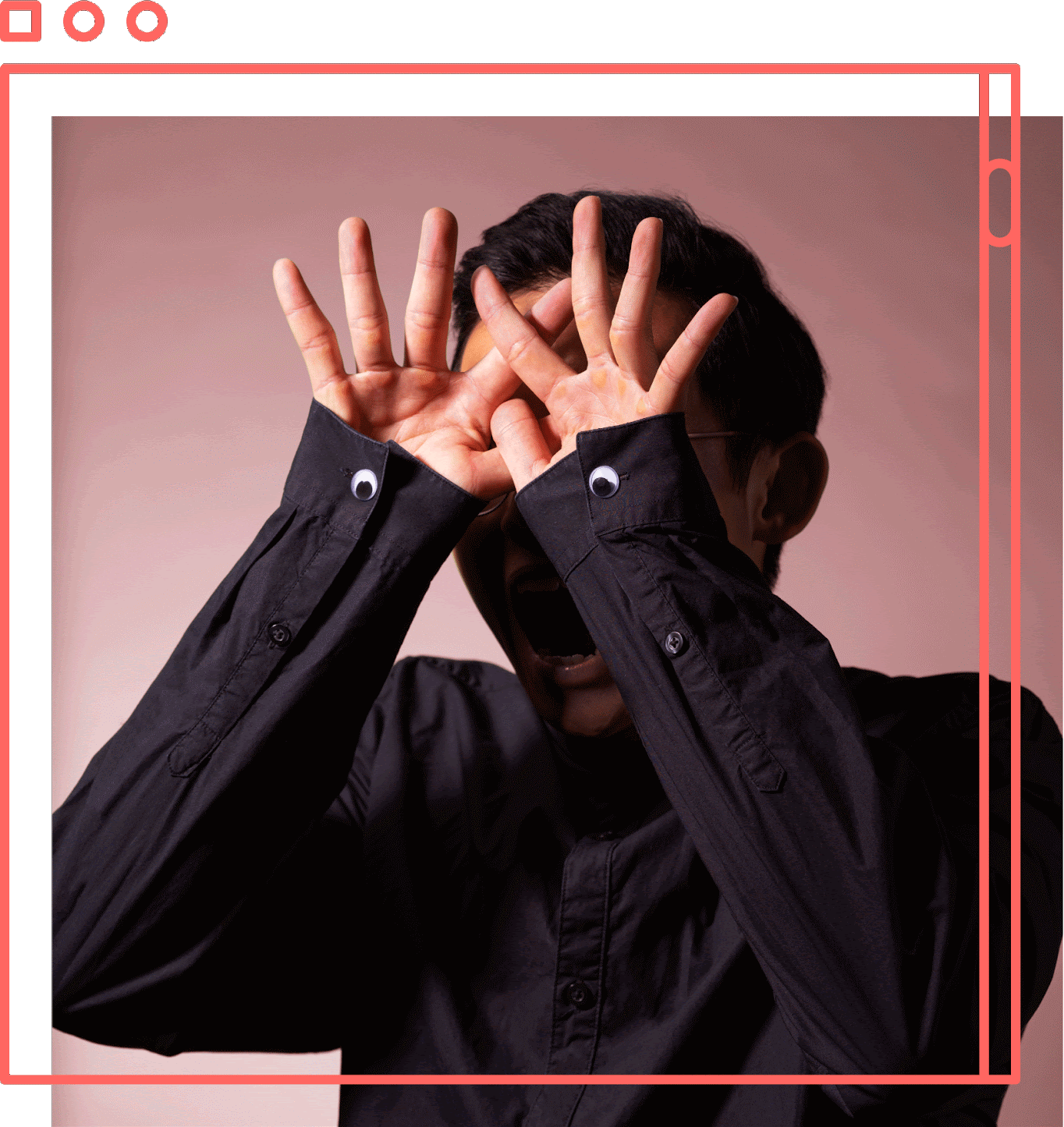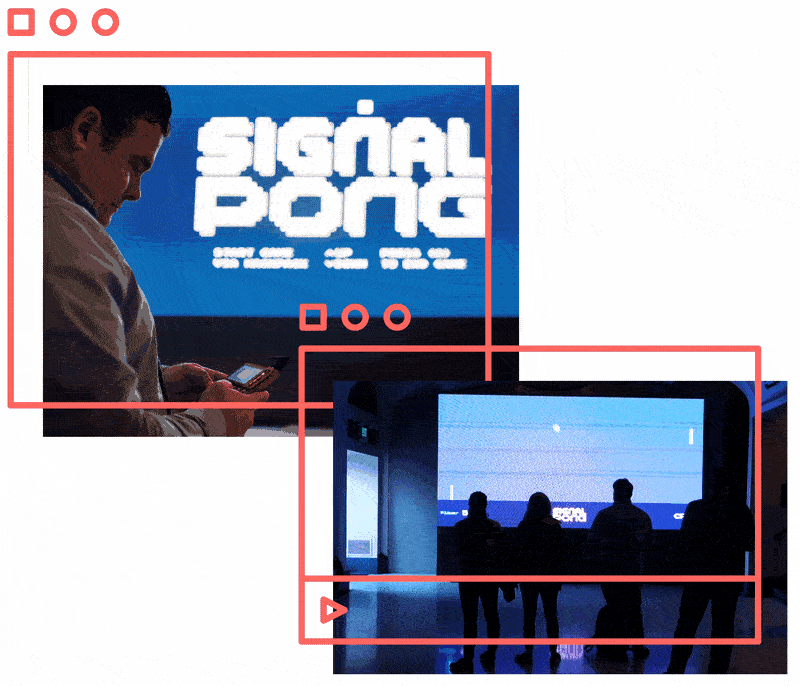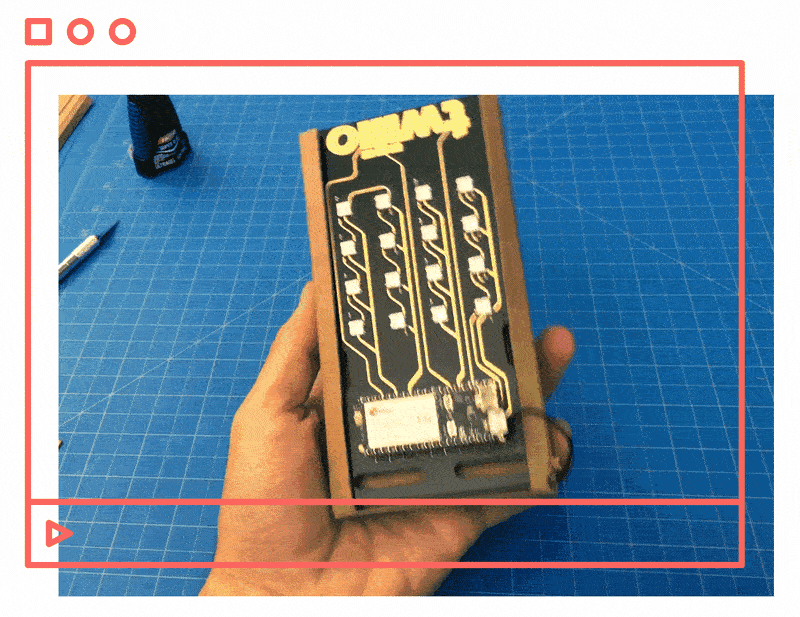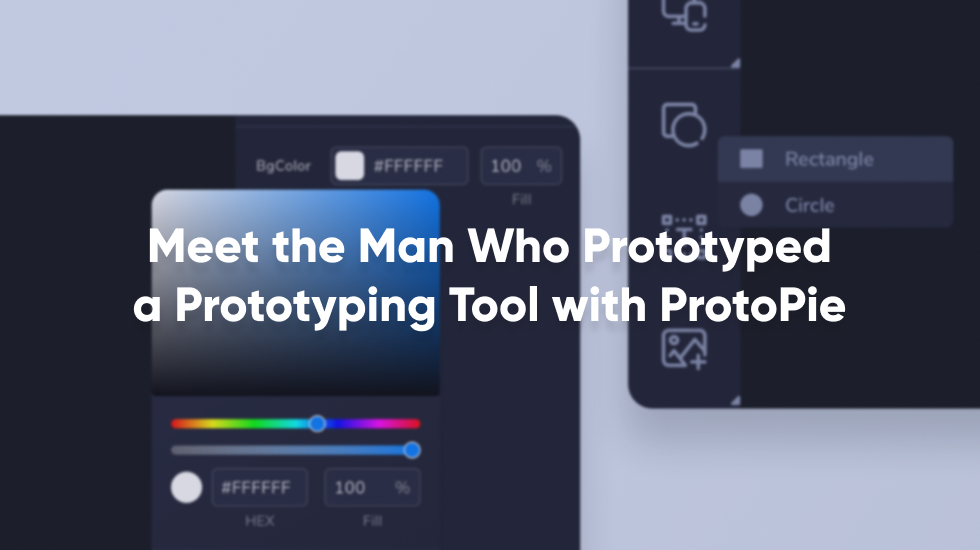From a Passion for Gaming to Prototyping His Own Game
Meet Edmund Boey, a senior visual designer at Twilio, and find out how he put his passion for gaming to his advantage in the ProtoPie Dribbble Playoff.


The last but not least of our series of articles dedicated to the winners of ProtoPie’s very own Dribbble Playoff contest. Edmund Boey - Twilio’s senior visual designer graces us with his abundance of design experiences, ideas, and the story behind ‘Signal Pong’ (the video game prototype concept which raised him to the top).
Check out our previous interviews with the ultimate winner Khonok Lee, along with runners ups: Briandito Priambodo, who redesigned an app that has been a long-lasting pain point & Ahmed Amr, the man who prototyped a prototyping tool with ProtoPie.

Working at the revolutionary company, Twilio
A veteran at Twilio, Edmund Boey describes himself as a “Senior Visual Designer at Twilio by day, moonlighting as a hacker of clothing, and a highly enthusiastic casual gamer living multiple virtual lives by night”, he jokes.
ProtoPie landed on Boey’s radar during the Dribbble contest while he was browsing the website, it was there he saw videos that introduced him to the nifty program. At that moment, he felt this urge and motivation to build the prototype that would ultimately land him in the finals. “Turns out I might’ve been a little overconfident, but I dug into the documentation, referenced existing prototypes, and found all the elements I needed for what I was trying to achieve,” he continues, “Building the prototype was actually pretty easy when I got the hang of it, allowing me to focus on the intersection between the emotional and functional aspects of a product.”
Twilio is a well-known cloud communications platform that virtualizes the world’s communications infrastructure through APIs that are simple enough for any developer to use. But what role does visual design play at Twilio? “Visual works best when it is able to create an emotional connection, to find a memorable way to deliver a message that’ll resonate with the audience.”
Boey further elaborates that there are quite a few visual designers at Twilio — each with different expertise and in different teams within the brand team. “Personally, I’ve worked on the company website, branded our customer conference Signal back in 2018, and designed the guidelines for interiors across our 26 offices. Right now I’m working on something unreleased yet that has me in front of my sewing machine a lot!” he emphasizes.
The senior designer emphasizes that regardless of the project that he and the team are working on, it is no secret that the developer’s needs take precedence on how they build their projects in order to serve them, “our role is to speak their language — whether it’s a spoken language or a programming language.”
So how does prototyping fit into the scheme of everything at Twilio? “Prototyping is built into the workflow of every project, simply to test if the product fits in the environment it was designed for. After countless strategy and content meetings, I still find aspects that have not been accounted for, where prototyping has been especially effective at identifying.” he continues.
“When I worked on the Hackpack V4 in 2018, I created a new experience with no existing framework as a reference. I could do a lot of research to learn from other similar experiences, but at the end of the day, I had to start designing prototypes before the hardware and user experience could even be implemented.”

Enthusiastic gamer who turned his idea into a highly interactive prototype
We must say that Edmund Boey’s video game concept really garnered the attention of the audience and judges, needless to say, we are all curious as to what sparked this design concept? “I do my best to approach every project from an unexpected non-traditional perspective. I wanted to create something delightful and interactive for the ProtoPie Dribbble contest, so I decided to make a game! I’m in the camp that video games can be one of the immersive mediums of art today, allowing the audience to experience a story rather than just reading or hearing about it.”
He explains more in detail that his submission is a part of a larger idea he has for reimagining the Hackpack V4 as a mobile app. “The Hackpack is a piece of physical swag that used to be a part of Signal, Twilio’s annual customer conference. There have been four versions of them, but the one thing that all have in common was that they’re always hackable by developers!” he emphasizes.
“With the pandemic affecting conferences worldwide and Signal being virtual this year, I was exploring a Hackpack that everyone could have access to from the safety of their home. While the Hackpack as a whole is a gaming experience, I redesigned Signal Pong for my submission in the ProtoPie Dribbble contest as it was my favorite of the activities I witnessed at Signal 2018.” He explained.

From work influences to the latest trends
Boey has worked on a number of projects that have yielded amazing results. Curious to say the least, we asked the designer to describe his work ethics and influences, “My work is exploratory, I always try to experiment with new mediums and concepts. I never subscribe to a distinct style and don’t feel the need to do so. This has come in especially useful when I worked in advertising agencies and design studios with multiple clients; it allows me to adopt and then evolve existing visual styles.”
Boey also pointed out that the consistent goal for his work is to be delightful, especially for the specific audience he is designing for. “I love it when someone discovers an Easter egg or reference in my work that speaks directly to them. I always try to fully immerse myself in the audiences’ world and find inspiration there, interviewing them for their experiences, or temporarily adopting their personas if I can.”
He went on to explain that outside of the office, inspiration strikes him in any form. It is becoming more frequent., especially with traveling and “to see new cities and countries, to see what the communication and design norms are is totally fascinating. I’m often surprised how differently grocery stores around the world approach packaging and labeling from the products to signage.” He continues, “wandering is also really exciting for me; I do find that in nature on a hike or trail run allows me to better fully turn off parts of my mind to explore and start noticing interesting things in the abstract.”
Boey has proved himself to be an experienced visual designer who possesses great abilities to turn ideas into reality. He believes that a good visual design prototype should represent the final product and its functionality, as well as provide an emotional impact on the user. “As a visual designer I’m focused on how the product makes the user feel, and it can be very difficult to measure how much of an emotional connection I can create. By using a prototype I’m able to put something in front of a user, and observe their interactions, see where they run into obstacles and where they might find an element that connects with them.” He explained
With the constant change in the world which is moving at a fast pace, we believe that it poses challenges for designers to stay up to date with the latest design trends. So how does the Twilio designer keep up? “Whenever I’m looking for inspiration I start scrolling Dribbble and Instagram. I also have a good group of fellow designers that I chat with regularly and we share cool things that catch our eye. I’m lucky that I know designers of many different disciplines, which really helps broaden the range of work I’d be exposed to on my own.”

Augmented and virtual reality as the future of design
Last but not least of the questions for today’s interview, What would you say will be the future of design? Or the next big thing and why?
With an ever-changing environment, it’s hard to pinpoint what the future will look like for design. Boey believes that “the future of design is in augmented and virtual reality, and the global pandemic we’re in right now has been a catalyst for me and many others to dive deeper into virtual worlds while we’re all stuck at home.” Needless to say “It’d be hard for me to predict the future of design, I couldn’t imagine the things I’m designing today when I was still in school; new facets of design are constantly being created.”


